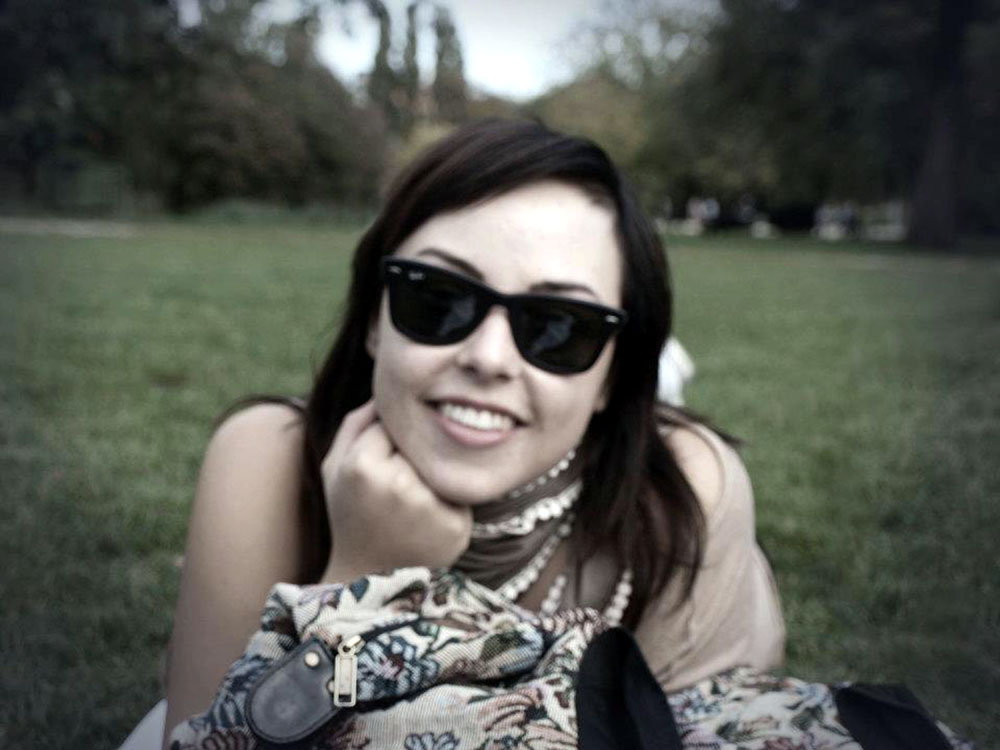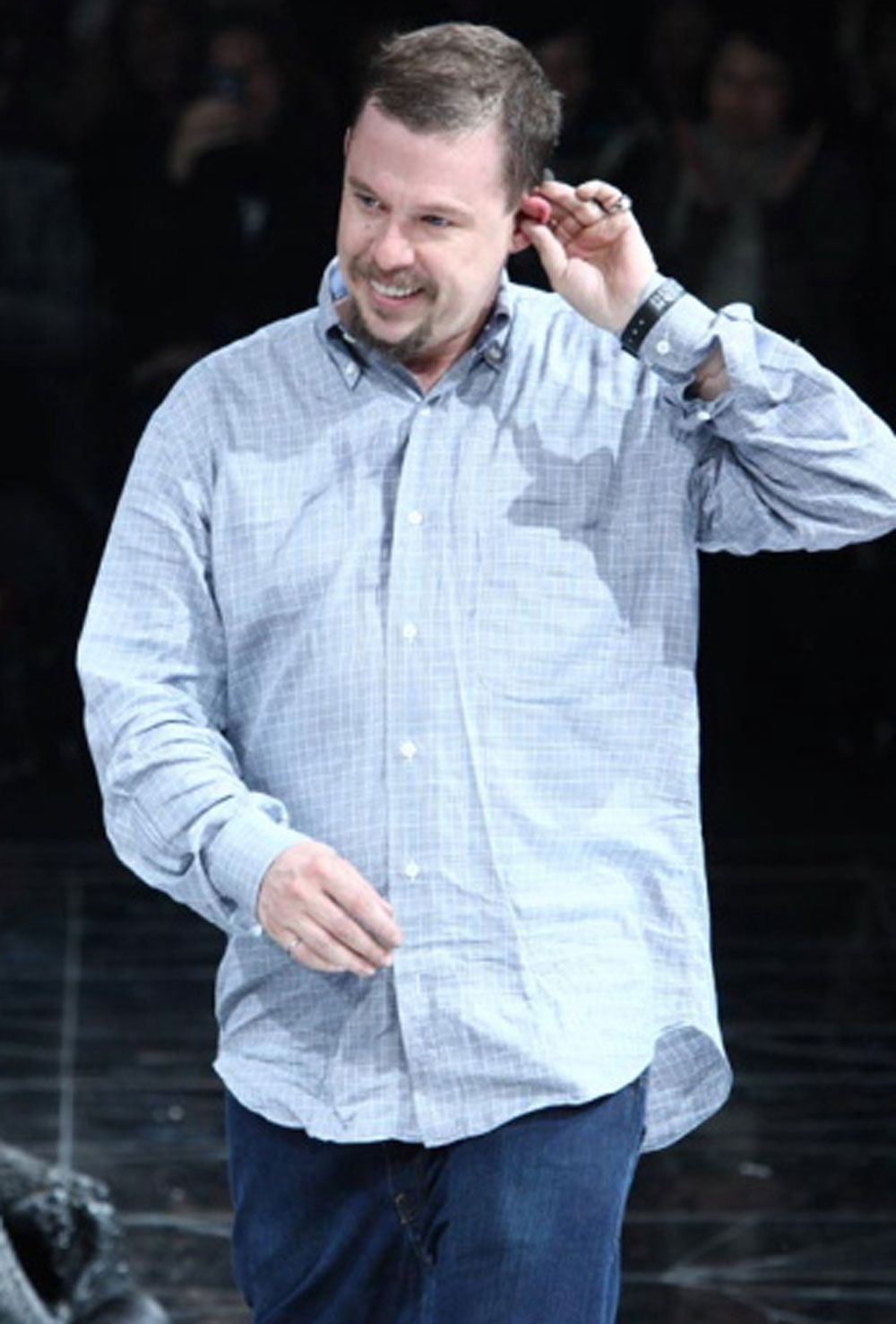AN ARTIST plans to make the ultimate Alexander McQueen handbag – using the deceased designer’s own skin.
Tina Gorjanc, from Central Saint Martin’s art school in London, wants to use DNA extracted from McQueen’s hair to make skin in a laboratory.
She hopes to use the cutting-edge biotechnology to eventually grow enough skin to fashion into a handbag – in the ultimate tribute to the legendary style icon who died in 2010.

And despite the project raising a few eyebrows in the fashion world, stem cell scientists have said that her idea is not as crazy as it sounds.
Selina Wray, from University College London, researches dementia, taking skin cells from patients with Alzheimer’s and converting them into brain cells.
“It’s definitely…not inconceivable,” she said. “From a piece of hair you can grow keratinocyte [the prominent cell type in the outer layer of skin].
“Then you can turn that into stem cells.”
The stem cells could be used to make skin – albeit probably without sweat glands or hair.
“It may indeed be technically possible,” said Dr Wray, who added that she would still not make a handbag made from the designer’s skin because “I’m a scientist, I can’t afford McQueen.”
Non-technical considerations may represent more of a barrier for the project, which includes a global patent application.
Dr Wray said: “For our research we had to go through a huge process of getting ethical permission, including quite a robust consent process.
“I’m not sure McQueen explicitly consented to this.”

Ms Gorjanc, originally from Slovenia, plans to extract DNA from stands of McQueen’s hair which he once used as part of a coat design.
Early on in his career, he created a body of work called “Jack the Ripper Stalks His Victims”.
He incorporated strands of his hair to make an artistic point about Victorian prostitutes, who used to sell their own hair.
Most importantly, he was unwittingly preserving his own DNA – thereby making the handbag project possible.
Ms Gorjanc says that she has already approached the unnamed owner of the coat for permission to use it in her work, and has had a “really positive response”.
Although any DNA contained in the hair would now be partially degraded, techniques already applied to reconstituting the DNA of extinct animals could possibly be used to produce a genetic sequence.
Dusko Ilic, reader in stem cell science at King’s College London, is sceptical about the idea.
He said: “Maybe in the future we can re-synthesise the whole genome based on partial information from a degraded DNA, though not with the technology today.”
Whether it comes to fruition or not, Ms Gorjanc says her work is less about the end product and more about how “advances in the tissue engineering technology redefine today’s concept of luxury”.
She even claims that if successful, she has no commercial plans for the handbag – and instead would give it to an art museum or gallery as a one-off.
Most remarkable is that if it works, the technique could have been done while McQueen was still alive.
Robin Lovell-Badge, head of the division of cell biology at the Crick Laboratory, suggested that Ms Gorjanc’s plans were slightly unambitious.
“From a small biopsy it is possible to grow many square metres of skin,” he said. “This could in theory allow many handbags, or matching handbags and shoes, to be made.”
Throughout his career, McQueen received four British Designer of the Year awards and became known for using skulls in his designs.
He committed suicide at the age of 40 by hanging himself after taking a mix of cocaine, tranquilisers and sleeping pills.
An inquest heard that he was under huge pressure with work and was “overwhelmed with grief” at the loss of his mother.
